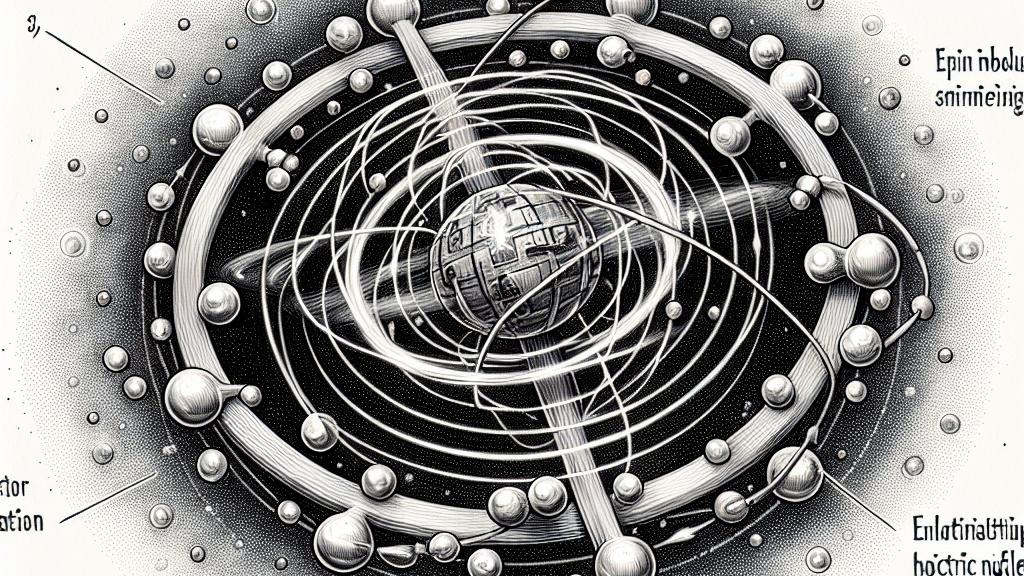Understanding Spin-Orbit Coupling and Superconductivity
Overview
- Explores the captivating relationship between spin-orbit coupling and superconductivity.
- Unveils how the Rashba effect can transform electronic materials and devices.
- Highlights groundbreaking advances that may redefine our understanding of high-temperature superconductors.

What is Spin-Orbit Coupling?
Spin-orbit coupling is an astonishing phenomenon where an electron's intrinsic spin—the tiny magnetic field it generates—interacts with its orbital motion around an atomic nucleus. Imagine a spinning top creating a whirlpool of energy around it. As electrons race through the electric field created by nuclei, they experience relativistic effects that significantly alter their properties. This interaction becomes even more remarkable in materials with asymmetric structures, giving rise to unique behaviors that are critical for understanding modern quantum physics.
The Rashba Effect: A Closer Look
Delving into the Rashba effect, which occurs in crystals lacking inversion symmetry, we find that this phenomenon brilliantly separates spin-up and spin-down electrons into distinct energy bands. Picture this like a vibrant dance floor where dancers twirl in perfect harmony but take on different roles—each spin type has its own groove! Thanks to the Rashba effect, scientists can control these electron spins with electric fields, revolutionizing our approach to spintronics—electronics that exploit both the charge and spin of electrons. This not only opens up new possibilities for faster and more efficient devices but also offers a glimpse into a future filled with innovative memory storage and ultra-speed processors.
Unconventional Superconductivity: A New Frontier
Excitingly, the research surrounding spin-orbit coupling suggests that it might lead us to an unconventional type of superconductivity, a phenomenon where electrical resistance vanishes completely. Traditionally, superconductors require extremely low temperatures, but recent findings hint that this new form could operate at much higher temperatures, potentially transforming our everyday technology. Imagine a world where electricity flows effortlessly, just like water through a pipe, without any resistance or loss! This breakthrough could fundamentally change the way we design high-speed trains or quantum computers, as electrons pair up in states previously thought impossible, paving the way for revolutionizing numerous applications.
The Future of Superconductivity Research
As we stand on the cusp of discovery, the future of superconductivity research looks incredibly promising. Physicists and materials scientists are eager to explore the implications and applications of the Rashba effect and spin-orbit coupling. By deciphering these complex interactions, researchers hope to design novel materials capable of exhibiting superconductivity under more practical conditions, thereby facilitating advancements in energy systems, medical imaging technologies, and quantum computing. Overall, this exhilarating journey into the realm of superconductivity not only excites the scientific community but also sparks imagination about the profound impacts it could have on technology and society as a whole.

Loading...